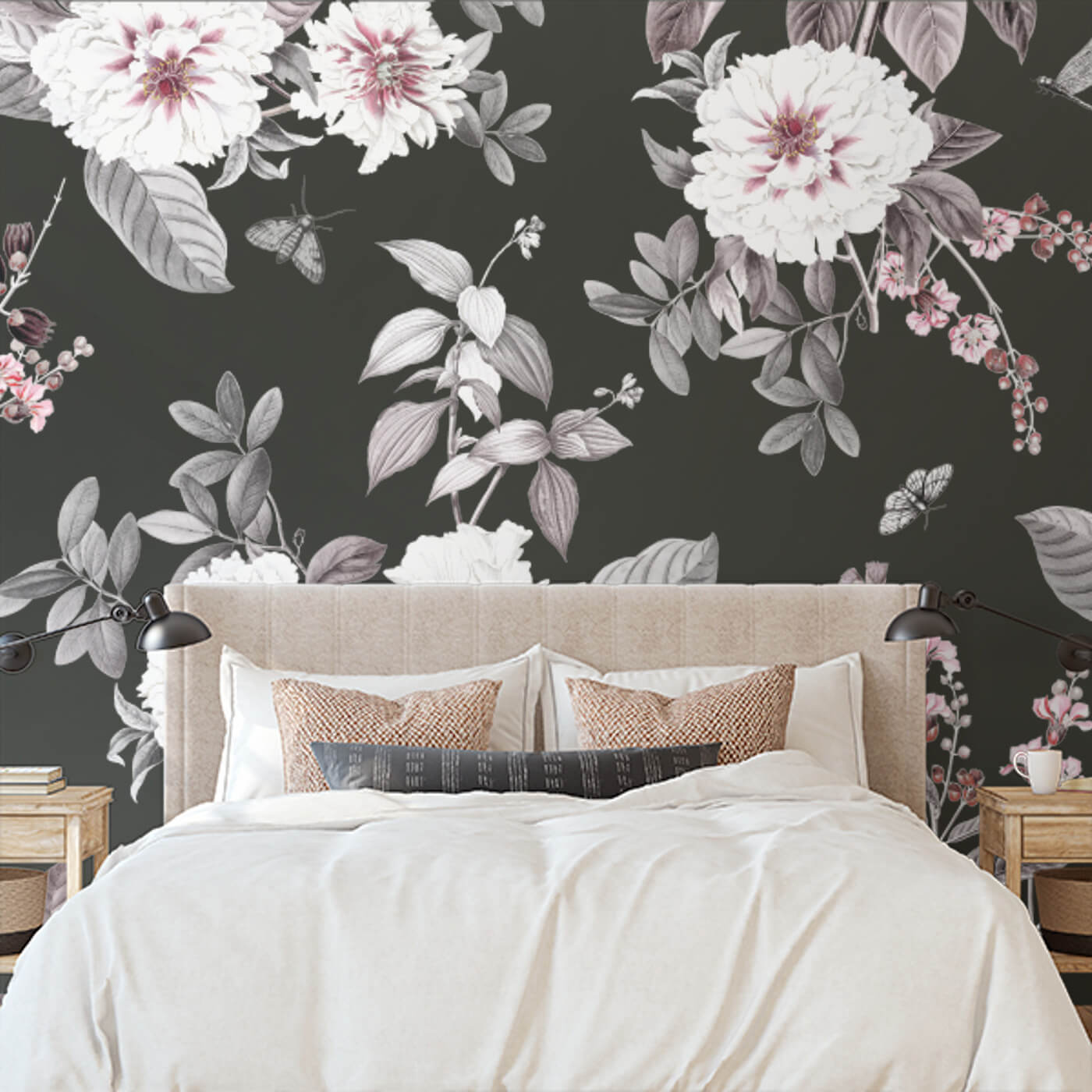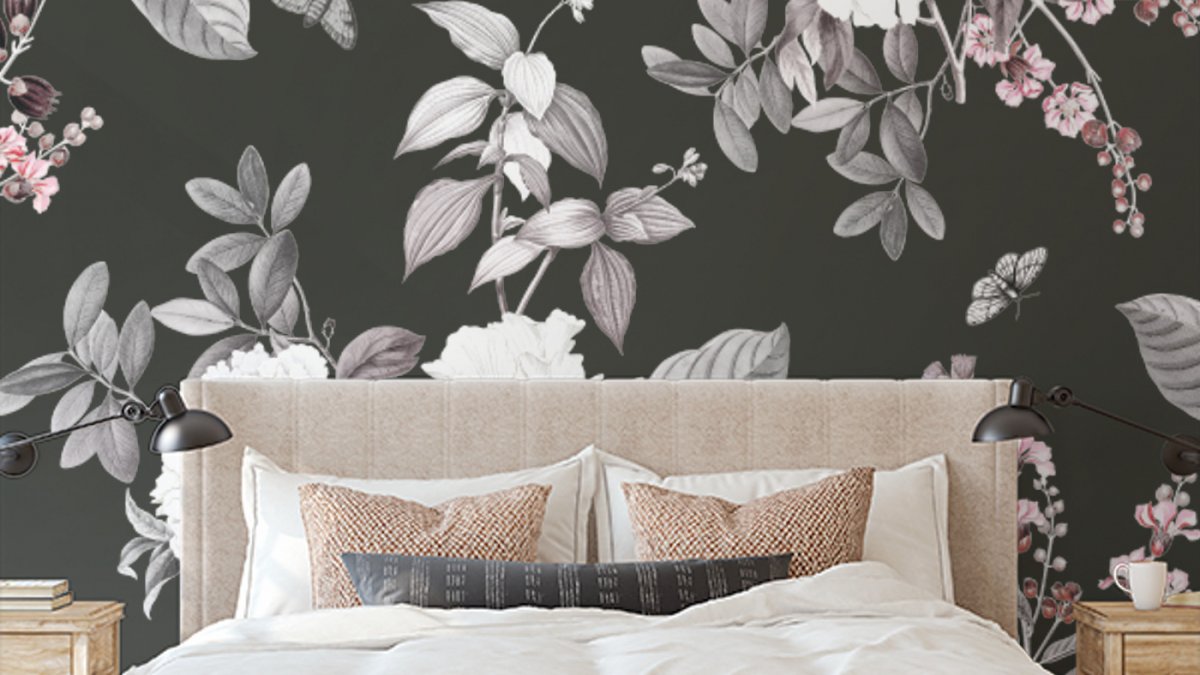
Wallpaper has come a long way from centuries ago. Now, people can choose between removable and traditional wallpapers, adding to the ever-expanding variety in wall decorations. So, why has removable wallpaper gained such a big following in recent years like canceling orders on big basket or placing an order again?
Is Removable Wallpaper All That?
With so many people singing praises about removable wallpaper, you may be questioning if it lives up to the hype. Does it? Removable wallpaper boasts a peel-and-stick installation method. So, all you do is roll it off its backing and stick it to the wall, and just like that, you have decorated your home. You do not need adhesives, paste, or even water to get it to adhere to the wall, making it one of the easiest ways to transform a space. For this reason, DIY lovers have been flooding their timelines with executed wallpaper projects. You, too, can join the trend and upgrade your home with a few simple steps.
Moreover, it comes in a wide variety of finishes. From striped wallpaper to botanical wallpaper, there are so many options in the market. Anything you can find in traditional wallpaper is available in removable wallpaper, so you do not compromise by going the modern way!
Also, it is temporary. Once you get tired of a design or need to move, you can remove the wallpaper, all without calling in a contractor. How amazing is that!
Tips on Installing Removable Wallpaper
You already know that installing and removing removable wallpaper is easy. But even so, you always want to have a few tricks up your sleeve when working on any DIY project especially if you have shelves, thermostats, or frames attached to the walls. Luckily, many people have been down this road before and have outlined what they did right and what they wish they had not done. So, we have put this together below to help you hack your very first installation.
Teamwork Makes the Dream Work
Sure, wallpapering is easy, more so when it comes to removable wallpaper, which is a DIY material. However, many people may not tell you that it takes at least two people to handle the paper. Think about if you want to install the paper in your living room. You cannot hold both the top and bottom parts by yourself. Besides, you need to apply the wallpaper bit by bit; else, it sticks to itself, creating a horrible mess.
As part of your step-by-step process, please include someone who will be there to help you hold supplies, ladders, and even the wallpaper, and anything else you need. Do you have to bring in an expert? Luckily, no. You can even have another newbie by your side, also learning how to install wallpaper like you. But, of course, they must be willing to put in the time and effort.
Why Design Matters
If you have not handled wallpaper before, your first application can be tricky. Wallpaper, like paint, has a way of shouting to the world if you have made mistakes. So, when choosing a design, go with one that can camouflage any oversights you make. Now, what problems can arise from a DIY project? Anything from tears to bubbles to lack of uniformity! For most people, the bubbles are the source of the problem. Even as you try to move with the wallpaper each section at a time, you may still trap air in the wallpaper.
This air appears as a bump to the outside world, which can be unsightly, more so if you get several bubbles in a go. Why would design matter? Some designs hide such imperfections. For example, a woody pattern will create so much visual interest that people will barely notice the bubbles poking out from underneath. On the other hand, plain wallpaper is bland and gives people the opportunity to nitpick your installation.
Of course, when choosing a design, you must also pick one whose design you can match continuously. Keep in mind that some wallpaper designs are complementary, and not aligning the sheets can create an even bigger mess than bubbles. So, you must strike a balance with the complexity of the design.
Overestimation: Why Buying More Wallpaper is the Right Choice
In kitchen remodel projects, contractors often insist that you buy more materials than indicated in your project plan. So, if you need X number of items, they might state that you should get X+1 or even X+2. While this additional expense can be frustrating, they have a point because projects often turn out much differently than expected.
Consider wallpaper installation. You could be in the middle of installing a paper, only for it to stick to itself and create quite a mess. But even if you do not make such mistakes, you will need to cover more than the intended area. For example, when papering a wall, the wallpaper will run to the ceiling and even the floor. You will then cut out the extra parts, creating a clear finish that boasts quality work. So, even though there will be wastage, it will go to good use.
Suppose you buy an exact amount of wallpaper; you will not have room for error. As a newbie, that is not a challenge you should take. Even professionals always use more material than they need.
Understanding Dimensions & Details
Skipping measurements will only spell disaster for your upcoming project. While you may want to jump right to the wallpaper buying and installation, you must understand how big the room is. Also, if you are only covering one part of the room, you should have its dimensions down to an art. But are dimensions the only aspects that matter? Not quite.
Walls have more to them than size and feature details you may have missed. For example, when installing wallpaper on a wall, you may realize that you have a socket in the way. Do you know how you will work around this? Of course, if the obstacle proves too big, you can always choose another section or call for help. But in most cases, you will find a tutorial taking you through how you can maneuver this obstacle and get your wallpaper in place.
For beginners in wallpapering, it is always best to start small and see what other people have done. You will soon get the hang of installing the paper and revel in the good work you do. Keep the project light, and do not forget to have fun!
Gray Williams
Related posts
Stay connected
- How LoveOn Chat Is Becoming the Most Versatile AI Companion for Digital UsersThe internet keeps shifting toward hyper-personal interaction, and AI companions are at the center of this shift. What used to be simple chatbots are now evolving into emotionally aware, adaptive, and multi-functional digital partners. Among the new generation of platforms, LoveOn Chat is becoming one... The post How LoveOn Chat Is Becoming the Most Versatile […]

